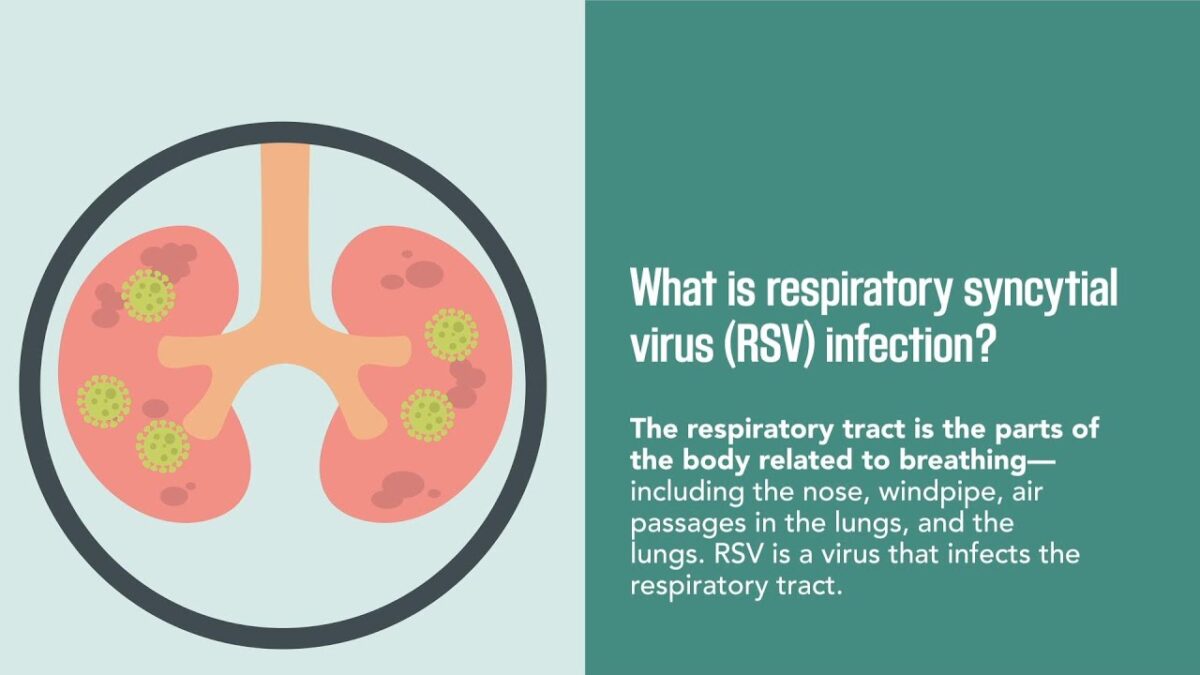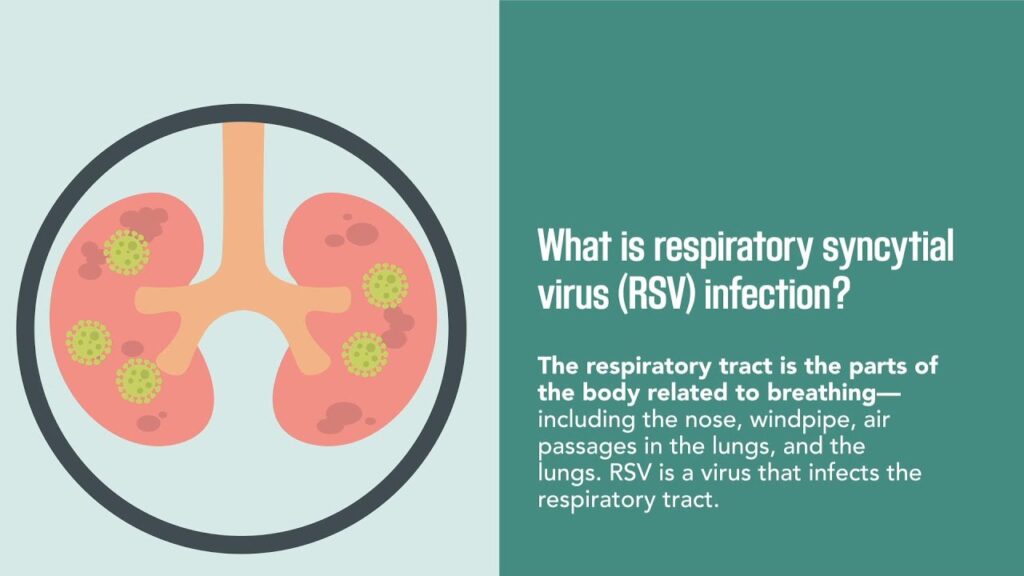
What is Respiratory Syncytial Virus?
Respiratory syncytial virus (RSV) results in infections of the lungs and respiratory tract. It is so frequent that most children have been infected with the virus by age 2. The respiratory syncytial virus could also infect adults.
In adults and older, healthy children, RSV symptoms are mild and generally mimic the common cold. Self-care measures are generally all that is needed to relieve any discomfort.
RSV could cause severe infection in some people, including babies twelve months and younger (infants), particularly premature infants, older adults, people with heart and lung disease, or anyone with a weak immune system (immunocompromised).
Symptoms
Signs and symptoms of respiratory syncytial virus infection most frequently appear about four to six days after exposure to the virus. In adults and older children, RSV generally causes mild cold-like signs and symptoms. These might include :-
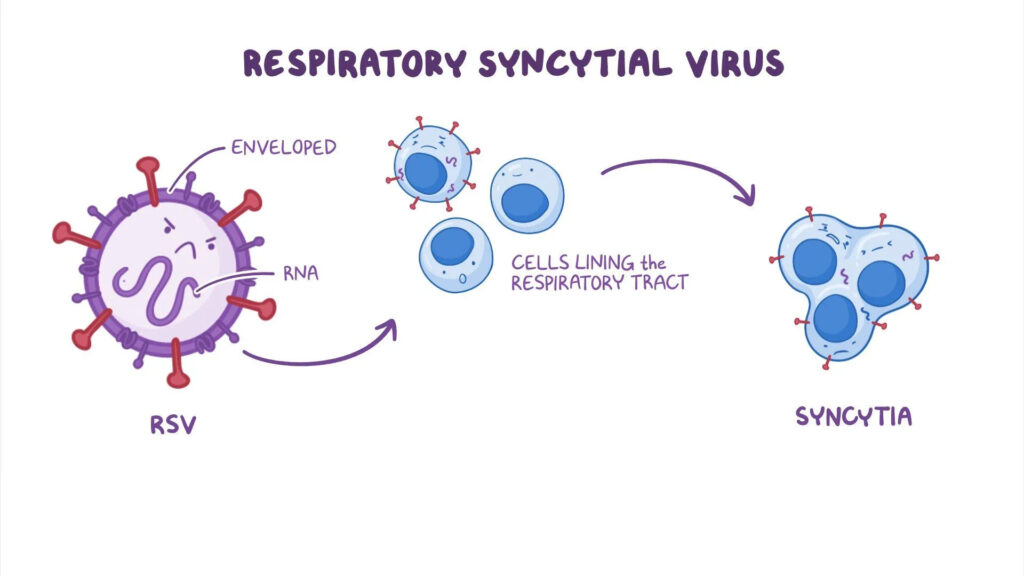
- Congested or runny nose
- Dry cough
- Low-grade fever
- Sore throat
- Sneezing
- Headache
In severe cases
RSV infection could spread to the lower respiratory tract, causing pneumonia or bronchiolitis — inflammation of the small airway passages entering the lungs. Signs and symptoms might include :-
- Fever
- Severe cough
- Wheezing — a high-pitched noise that is generally heard on breathing out (exhaling)
- Rapid breathing or difficulty breathing — the person might prefer to sit up rather than lie down
- Bluish color of the skin because of lack of oxygen (cyanosis)
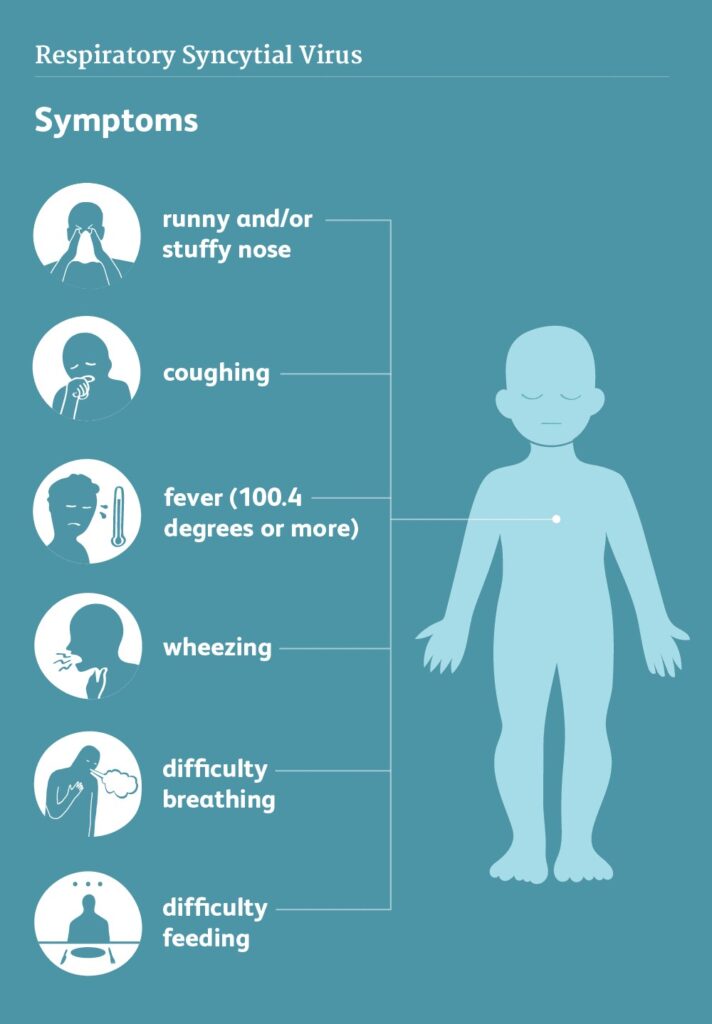
Infants are the most severely affected by RSV. Signs and symptoms of severe RSV infection in infants are :-
- Short, shallow, and rapid breathing
- Struggling to breathe — chest muscles and skin pulling inward with each breath
- Cough
- Poor feeding
- Unusual tiredness (lethargy)
- Irritability
Most children and adults recover in one to two weeks, although some may have repeated wheezing. Severe or life-threatening infection requiring a hospital stay might occur in premature infants or in anyone who has chronic heart or lung problems.
RSV and COVID-19
Because RSV and coronavirus disease 2019 (COVID-19) are both types of respiratory viruses, some symptoms of RSV and COVID-19 could be similar. In children, COVID-19 often results in mild symptoms like fever, runny nose, and cough. For adults with COVID-19, symptoms may be more severe and may include difficulty breathing.
Having RSV might lower immunity and increase the risk of getting COVID-19 — for kids and adults. And these infections might occur together, which can worsen the severity of COVID-19 illness.
If you have symptoms of a respiratory illness, your doctor might recommend testing for COVID-19.
When should you see a doctor?
Seek immediate medical attention if your child — or anyone at risk of severe RSV infection — has difficulty breathing, a high fever, or blue color to the skin, especially on the lips and in the nail beds.
Causes
The respiratory syncytial virus enters the body via the eyes, nose, and mouth. It spreads easily via the air on infected respiratory droplets. You or your child could become infected if someone with RSV coughs or sneezes near you. The virus also passes to others through direct contacts, like shaking hands.
The virus could live for hours on hard objects like countertops, crib rails, and toys. Touch your mouth, nose, or eyes after touching a contaminated object and you are likely to pick up the virus.
An infected person is more contagious during the first week or so after infection. But in infants and those with weakened immunity, the virus might continue to spread even after symptoms go away, for up to four weeks.
Risk factors
By age 2, most children will have been infected with the respiratory syncytial virus, but they could get infected by RSV more than once. Children who attend child care centers or who have siblings who attend school are at a greater risk of exposure and reinfection. RSV season — when outbreaks tend to happen — in the fall to the end of spring.
People at increased risk of severe or sometimes life-threatening RSV infections are :-
- Infants, especially premature infants or babies who are six months or younger
- Children who have heart disease that is present from birth (congenital heart disease) or chronic lung disease
- Children or adults with weakened immune systems from diseases like cancer or treatment such as chemotherapy
- Children who suffer from neuromuscular disorders, like muscular dystrophy
- Adults with heart disease or lung disease
- Older adults, particularly those aged 65 and older
Complications
Complications of the respiratory syncytial virus include :-
- Hospitalization :- A severe RSV infection might require a hospital stay so that doctors can monitor and treat breathing problems and give intravenous (IV) fluids.
- Pneumonia :- RSV is the most frequent cause of inflammation of the lungs (pneumonia) or the lungs’ airways (bronchiolitis) in infants. These complications could occur when the virus spreads to the lower respiratory tract. Lung inflammation can be quite severe in infants, young children, older adults, immunocompromised individuals, or people with chronic heart or lung disease.
- Middle ear infection :- If germs enter the space behind the eardrum, you could get a middle ear infection (otitis media). This happens most commonly in babies and young children.
- Asthma :- There might be a link between severe RSV in children and the chance of developing asthma later in life.
- Repeated infections :- Once you have had RSV, you could get infected again. It is even possible for it to happen during the same RSV season. However, symptoms usually are not as severe — typically it is in the form of a common cold. But they can be severe in older adults or in people with chronic heart or lung disease.
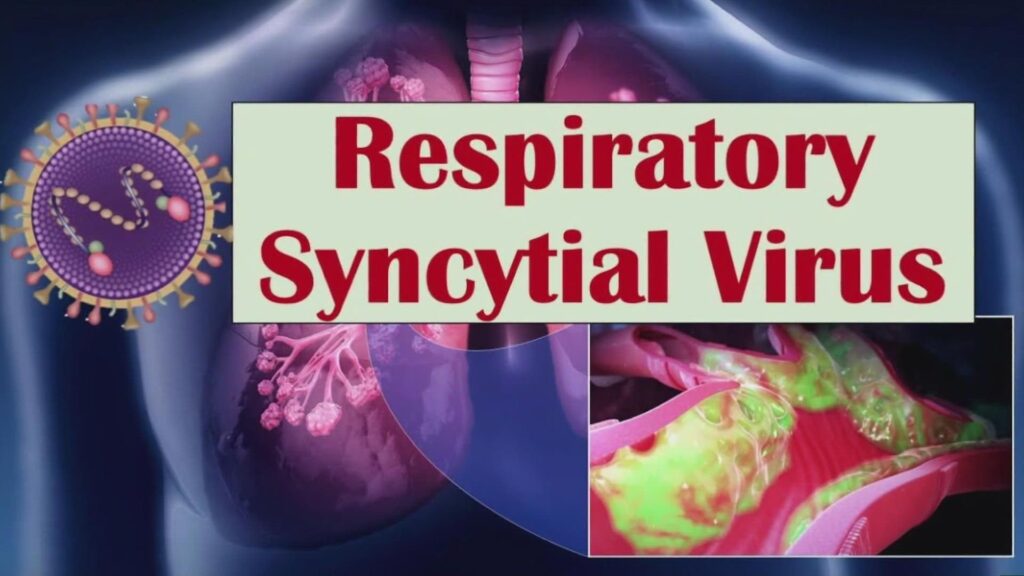
Prevention
No vaccine exists for the respiratory syncytial virus. But these lifestyle habits could help prevent the spread of this infection :-
- Wash your hands frequently :- Teach your children about the importance of hand-washing.
- Avoid exposure :- Cover your mouth and nose while coughing or sneezing. Limit your baby’s contact with people suffering from fevers or colds.
- Keep things clean :- Ensure kitchen and bathroom countertops, doorknobs, and handles are clean. Discard used tissues immediately.
- Do not share drinking glasses with others :- Use your own glass or disposable cups when you or someone else is ill. Label each person’s cup.
- Do not smoke :- Babies who are exposed to tobacco smoke have a greater risk of getting RSV and potentially more-severe symptoms. If you do smoke, never do so inside the house or in the car.
- Wash toys regularly :- Do this particularly when your child or a playmate is sick.
Protective medication
The medication palivizumab (Synagis), given in the form of a shot (injection), could help protect certain infants and children 2 years old and younger who are at high risk of severe complications from RSV. High-risk children in this age group are those who :-
- Were born prematurely
- Have chronic lung disease
- Have specific heart defects
- Have a weakened immune system
The first injection is given at the beginning of the RSV season, with monthly injections given during the season. This medication only helps to prevent RSV infection. It does not help treat it once symptoms appear.
Speak with your child’s doctor to find out if your child would benefit from this medication and to learn more about it. This medication is not suggested for healthy children or for adults.
Scientists are still working on developing a vaccine to protect against RSV.
Diagnosis
Your doctor might suspect respiratory syncytial virus based on the findings of a physical examination and the time of year the symptoms occur. During the examination, the doctor will listen to the lungs with a stethoscope to check for wheezing or other abnormal sounds.
Laboratory and imaging tests are not usually needed. However, they could help diagnose RSV complications or rule out other conditions that may cause similar symptoms. Tests might include :-
- Blood tests to examine white cell counts or to look for viruses, bacteria, and other germs
- Chest X-rays to examine for lung inflammation
- A swab of secretions from inside the mouth or nose to examine for signs of the virus
- Pulse oximetry, a pain-free skin monitor, to detect lower than normal levels of oxygen in the blood
Treatment
Treatment for respiratory syncytial virus usually involves self-care measures to make your child more comfortable (supportive care). But hospital care might be needed if severe symptoms occur.
Supportive care
Your doctor might recommend an over-the-counter medication like acetaminophen (Tylenol, others) to reduce fever. (Never give aspirin to a child.) Use of nasal saline drops and suctioning might help clear a stuffy nose. Your doctor might prescribe antibiotics if there is a bacterial complication, like bacterial pneumonia.
Keep your child as comfortable as you can. Offer plenty of fluids and watch for signs of loss of body fluids (dehydration), like dry mouth, little to no urine output, sunken eyes, and extreme fussiness or sleepiness.
Hospital care
If the RSV infection is severe, a hospital stay might be necessary. Treatments at the hospital might include :-
- Intravenous (IV) fluids
- Humidified oxygen
- A breathing machine (mechanical ventilation), in rare instances
An inhaler (bronchodilator) or steroids have not proven to be helpful in treating RSV infection.
If you or anyone you know is suffering from respiratory syncytial virus, our expert providers at Texas Specialty Clinic will take care of your health and help you recover.
Call us at (469) 545-9983 to book a telehealth appointment for a home check-up.

